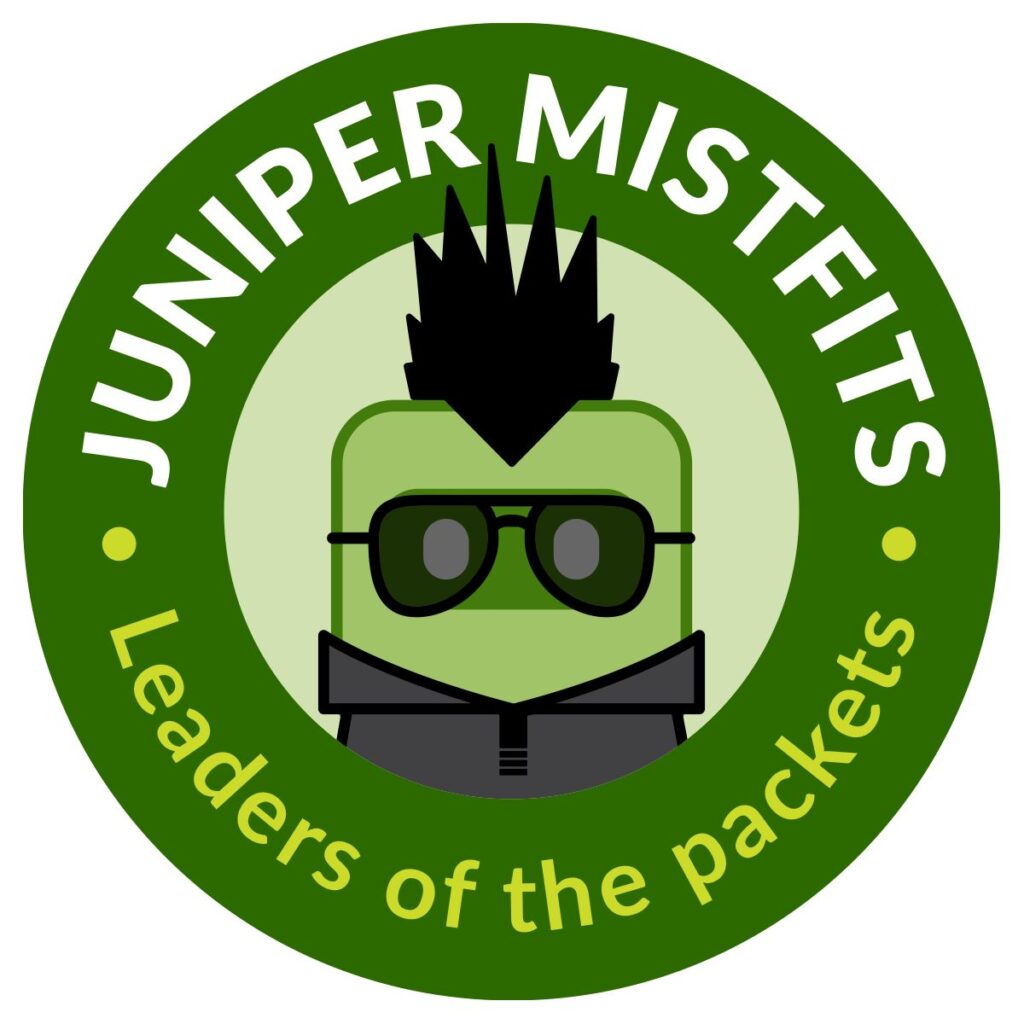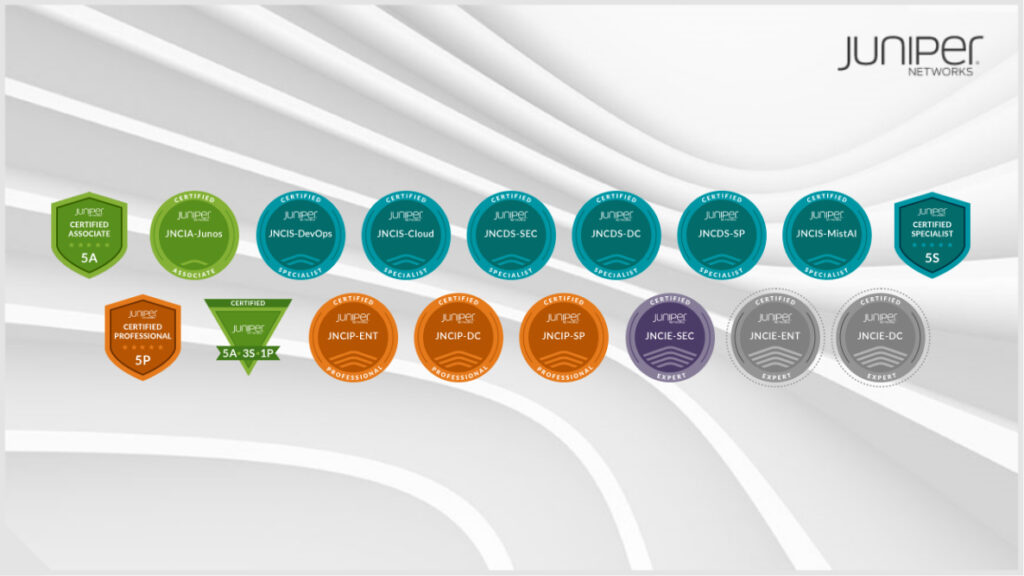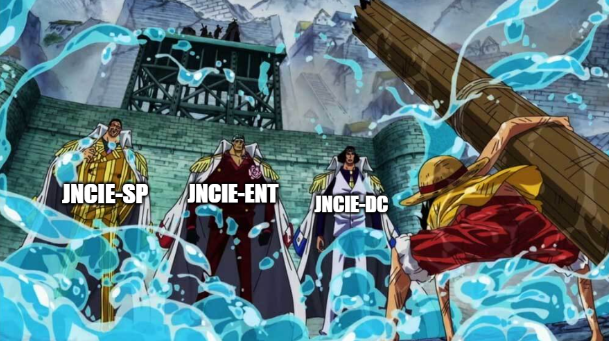As we traverse the expansive landscape of network protocols, one stands out as a cornerstone, like the granddaddy of routing: OSPF, or Open Shortest Path First.
Its dynamic nature and robust features make it a vital component in the toolkit of any network engineer.
OSPF isn’t just another routing protocol; it’s a dynamic routing protocol designed to adapt to changes in network topology with lightning speed. Understanding OSPF isn’t merely about memorizing commands – it’s about grasping its underlying principles and applying them. One of the favorite reasons I like OSPF is its IPv6 capability – making it ideal for small, medium, and large enterprises. Setting it up in a basic manner is simple and helps the Admins immensely, but once networks get bigger, it can get a bit more complex – especially when other protocols such as BGP are also present.
As many of you know, I’m currently prepping for my JNCIE-ENT exam. It requires a comprehensive understanding of OSPF. But fear not, for armed with Juniper’s resources, we are equipped to conquer this challenge. From understanding OSPF areas and types to mastering its adjacency formation, every aspect is meticulously explored on our quest for eternal mastery – or something like that 😛
One of OSPF’s defining features is its hierarchical structure, facilitated by areas, allowing for scalability and efficient routing. Whether it’s Type 1, Type 2, or Type 3 LSAs (Link State Advertisements), each plays a crucial role in OSPF’s operation, and mastering them is key to success in the JNCIE-ENT exam.
Let’s have a look at the areas:
Backbone Area (Area 0):
The Backbone Area serves as the core of an OSPF network. All other areas must connect to the Backbone Area, making it the foundation for OSPF routing. It ensures connectivity between all areas within the OSPF domain.
Standard Area (Non-Backbone Area):
Standard Areas are areas within an OSPF network that are not designated as the Backbone Area (Area 0). These areas are interconnected via the Backbone Area, facilitating routing between different OSPF areas.
Stub Area:
Stub Areas are areas where routing information is simplified to reduce routing overhead. In a Stub Area, routers only maintain a default route to reach external networks, leading to a smaller routing table and improved scalability.
Totally Stubby Area:
Similar to Stub Areas, Totally Stubby Areas further simplify routing by allowing only a single default route to be advertised to routers within the area. This greatly reduces routing table size and complexity.
Not-So-Stubby Area (NSSA):
NSSAs are areas that allow for the introduction of external routes (routes learned from other routing protocols or redistributed routes) into OSPF without requiring full OSPF routing information. NSSAs use a special type of LSA, called Type 7 LSAs, to advertise external routes within the OSPF domain.
Not that hard, right? Well – true, but there’s something else called an LSA-Type that you need to remember. Let’s have a look at that as well:
Type 1 (Router LSA):
Generated by every OSPF router for each area to which it belongs, Type 1 LSAs contain information about the router itself, including its interfaces and neighbors within the same area.
Type 2 (Network LSA):
Generated by the Designated Router (DR) for each multi-access network segment, Type 2 LSAs describe the network segment itself, including all routers connected to it.
Type 3 (Summary LSA):
Originating from Area Border Routers (ABRs), Type 3 LSAs summarize inter-area routes, providing information about networks from other areas. A single Type 3 LSA can represent multiple Type 1 and Type 2 LSAs from other areas.
Type 4 (ASBR Summary LSA):
Also generated by ABRs, Type 4 LSAs provide information about how to reach Autonomous System Boundary Routers (ASBRs) within an OSPF domain.
Type 5 (AS External LSA):
Generated by ASBRs, Type 5 LSAs advertise routes to networks external to the OSPF domain. These LSAs allow OSPF routers to learn about routes to destinations outside of the OSPF domain.
Type 6 (Multicast OSPF LSA):
Historically used for Multicast OSPF routing information, Type 6 LSAs are now considered obsolete and not used in modern OSPF implementations.
Type 7 (NSSA External LSA):
Exclusive to NSSAs, Type 7 LSAs are generated by ASBRs within NSSAs to advertise external routes. Type 7 LSAs are converted to Type 5 LSAs by the NSSA ABR before being propagated into other areas.
My problem was/is that I know the LSA’s and Areas, but often struggle way more than I should with combining them in the most effective way. I’ve spent the last weeks and months mastering OSPF – compared to a colleague, who struggles with BGP – I guess every engineer has stronger and weaker protocols in his memory – but that’s what makes this job so unique and interesting 😊
Redistribution, another cornerstone of network design, enables seamless integration of different routing domains. Juniper’s SSB study material equips us with the needed knowledge to redistribute routes optimally, ensuring consistent reachability across our network. The SSB (Self-Study-Bundle) has some really good Labs for this task if you ask me – and the JNCIE-ENT is a very fun and solid exam 🙂














